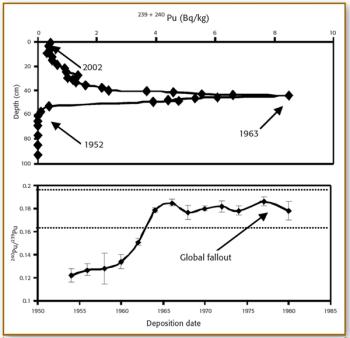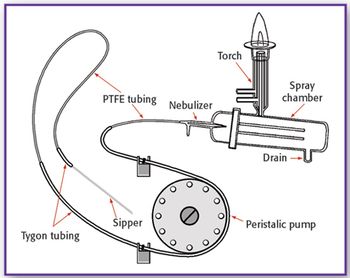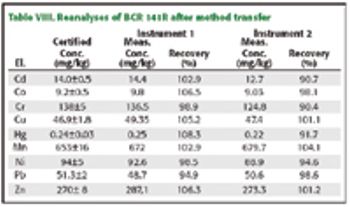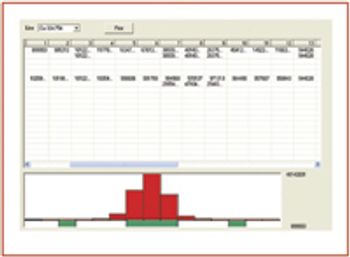
Special Issues
Elemental analysis in biological samples generally is achieved using flame atomic absorption spectrometry (AAS) and graphite furnace AAS (GFAAS). Flame AAS is fast, easy-to-use, and economical, but insufficiently sensitive for assays such as Se in serum and Pb/Cd in whole blood. These measurements require use of the more sensitive GFAAS. Inductively coupled plasma-mass spectrometry (ICP-MS), despite its low detection limit capabilities and wide elemental range, has had relatively little impact to date on biomedical analysis because of the popularly held conception that it is complex to use and expensive. In recent years, the instrumentation has been simplified and purchase, running, and maintenance costs have fallen. As a result, clinicians are becoming more interested in ICP-MS, although the perception that it is still much more expensive than GFAAS remains. This article provides a comparison of the costs of ICP-MS and GFAAS for biomedical sample analysis and illustrates the performance of ICP-MS for..






